Could you really go from couch to ultra in 12 months? 5 ultramarathon training tips from a pro – for any level of runner
We speak to an ultra runner and coach about how he takes people from the couch to ultra marathon distances
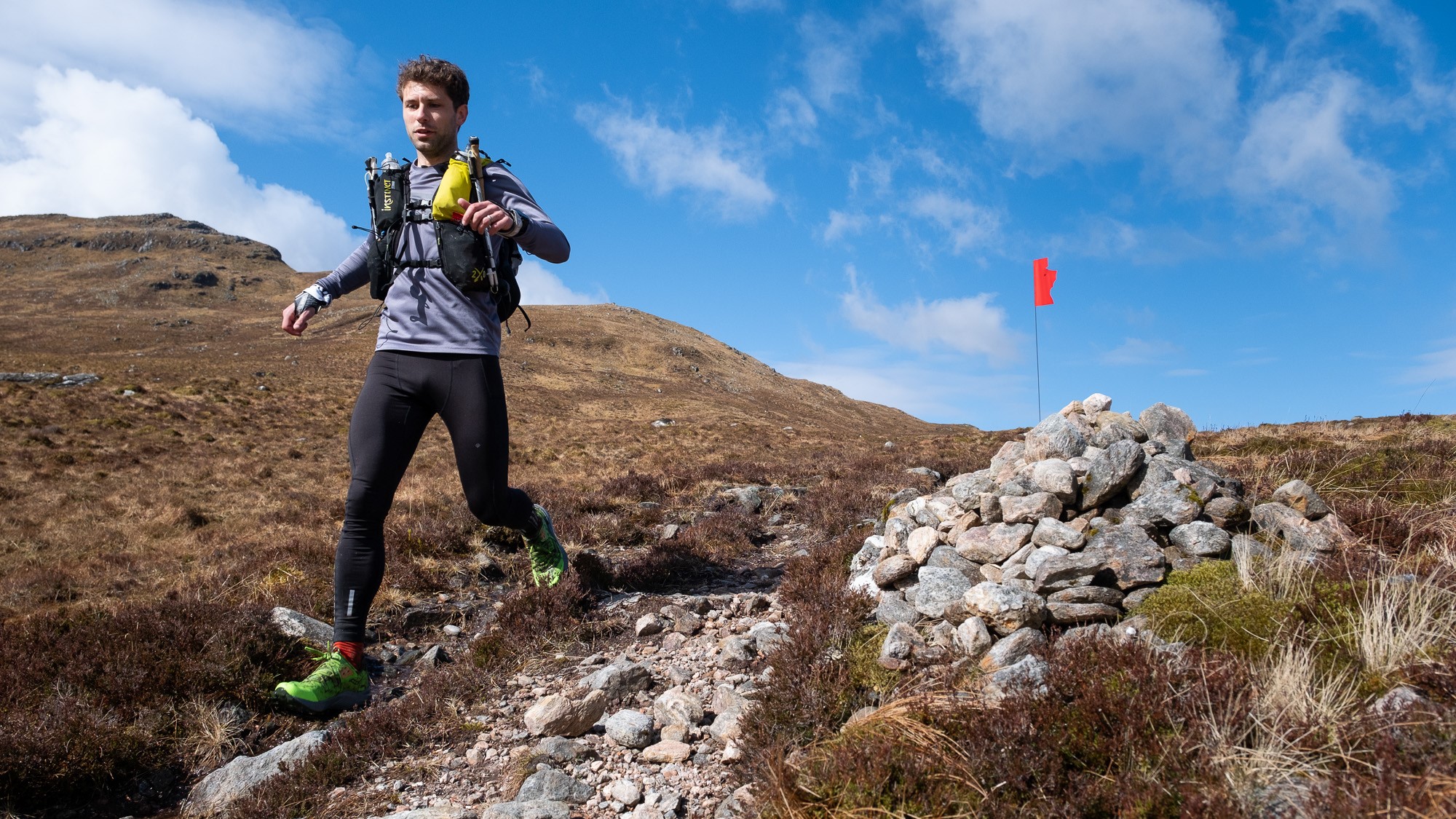
A few weeks back, news of a program that would take one new athlete on a fully supported journey from the couch to an ultra marathon in just 12 months came across my desk. I was intrigued. Skeptical, but intrigued.
Can you really go from couch to ultra in 12 months? I love an adventure in my trail running shoes of the 10 - 15 km variety and understand that theoretically, I could increase my mileage by 10 percent a week and reach 50 km – considered an ultra – in four months. But in reality, where would I find the time? And what about someone who’s a literal couch potato?
It didn’t take me long to find someone who had followed this exact trajectory. Back in 2016, musician Will Roberts was a self-described real-ale fuelled, kebab enthusiast. In other words, not a runner.
“I could barely finish a parkrun and wasn’t interested in trying to go any further,” he says.
Then, he started training with ultra runner and coach Kris King, founder of Beyond the Ultimate, and 10 months later he finished a 150-mile, five-day race in the Arctic and loved every step of it. Not only that, he’d placed sixth overall.
“That Kris managed to tailor my training well enough to turn that wobbly-punk-guitarist so rapidly into something resembling an actual athlete was impressive,” recalls Roberts.
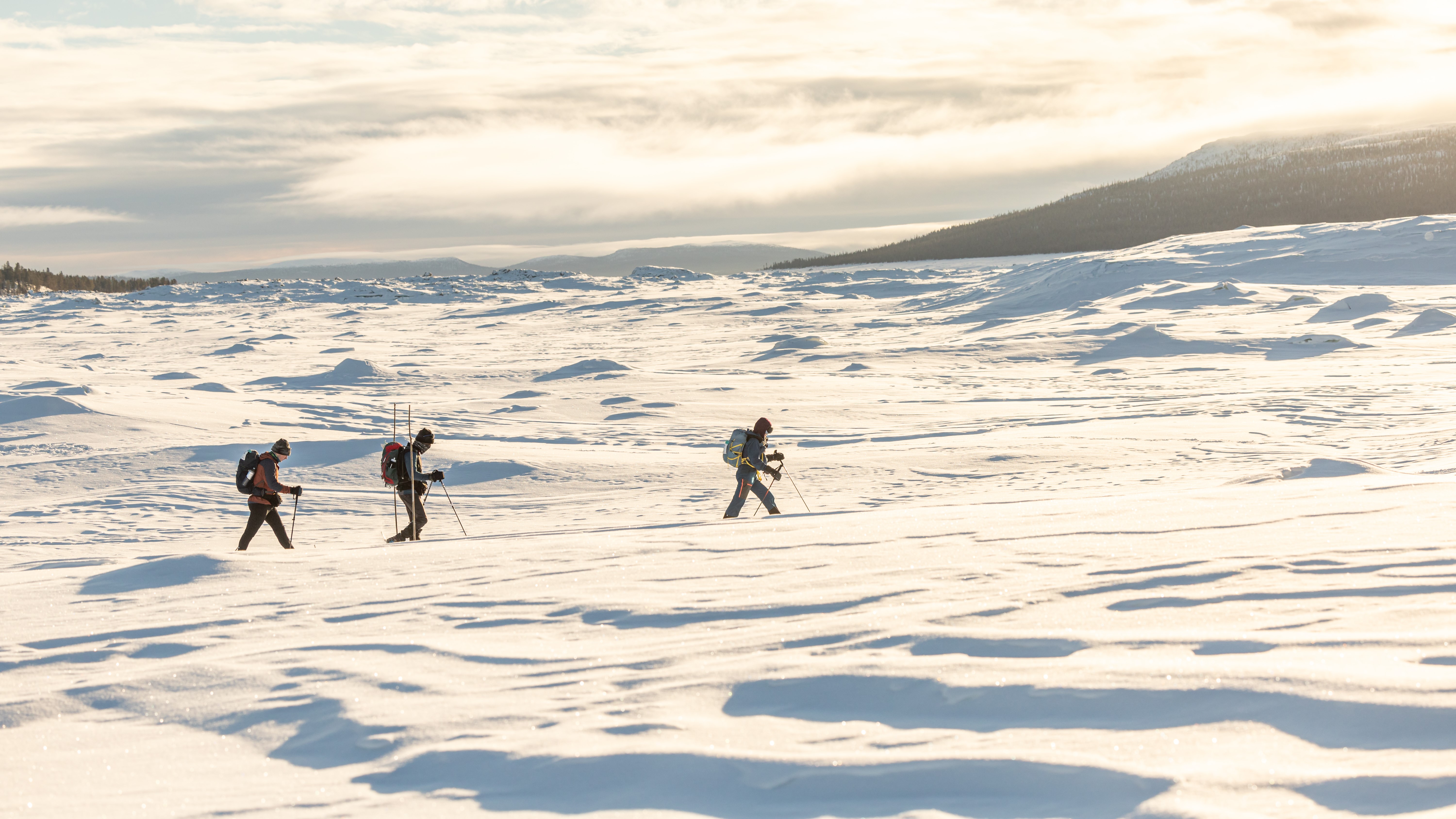
King says his own journey into ultra running began with running a 5 km after being generally sporty his whole life but never quite good enough to go pro. He was pretty sore afterwards and wanted to get fitter. Soon, he was running deeper and deeper into the UK’s Peak District near his house and bringing a lightweight tent to turn his run into a multi-day journey. Today he designs some of the most complex multi-day ultras in the world with his company Beyond the Ultimate, taking runners across frozen, desert, mountain and even jungle terrain, and he’s certain that a year is plenty of time to get in shape for an ultra.
Advnture Newsletter
All the latest inspiration, tips and guides to help you plan your next Advnture!
“It can absolutely be done. It just depends on the kind of dedication and the time that you've got to commit to it.”
I’m doubtful, but King assures me that whatever distance you can currently run, you can probably run double that on race day if you want to.
“If you've got a 10 km in your training run, on the day you could probably do 20 km, and it actually does scale up with a bit of knowledge and coaching. If you can run 20 km in your training, you could probably do a marathon on the day.”
What it comes down to is learning strategy and technique such as knowing how to pace yourself, how to fuel and hydrate. With that knowledge, King says, you can make a hard job easier.
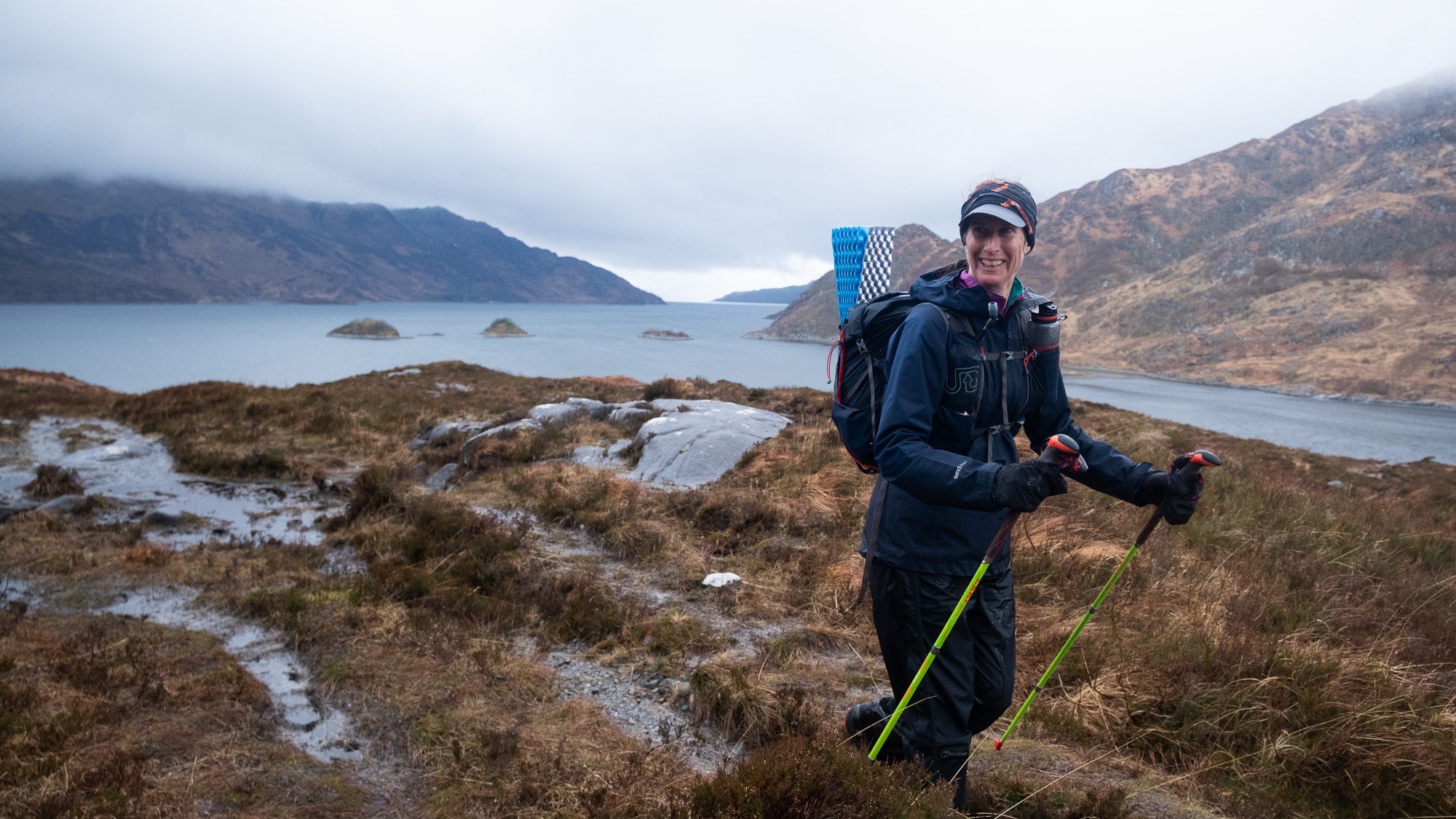
5 expert tips for training for your first ultra
1. Think time not distance
According to King’s logic, if you want to be able to run a 50 km race, you’ll need to work your way up to at least 25 km in training, and that in itself might sound extremely daunting, but instead of focusing on the mileage you put, just count your minutes.
For example, you could start running just one hour a week, spread out over lots of short runs, and then increase your total training time by 10 or 15 percent each week. In seven weeks, you’ll have doubled your time, in 12 weeks you’ll have tripled it and in 15 weeks you’ll be running four hours a week.
“You only need to really be running four to six hours a week to be able to finish a 50 km,” says King.
Most of us can find four hours spread out over the week – in fact, you might already spend that much time going to the gym when you include travel – and the beauty of running is that you can do it virtually anywhere at any time, with no commute involved.
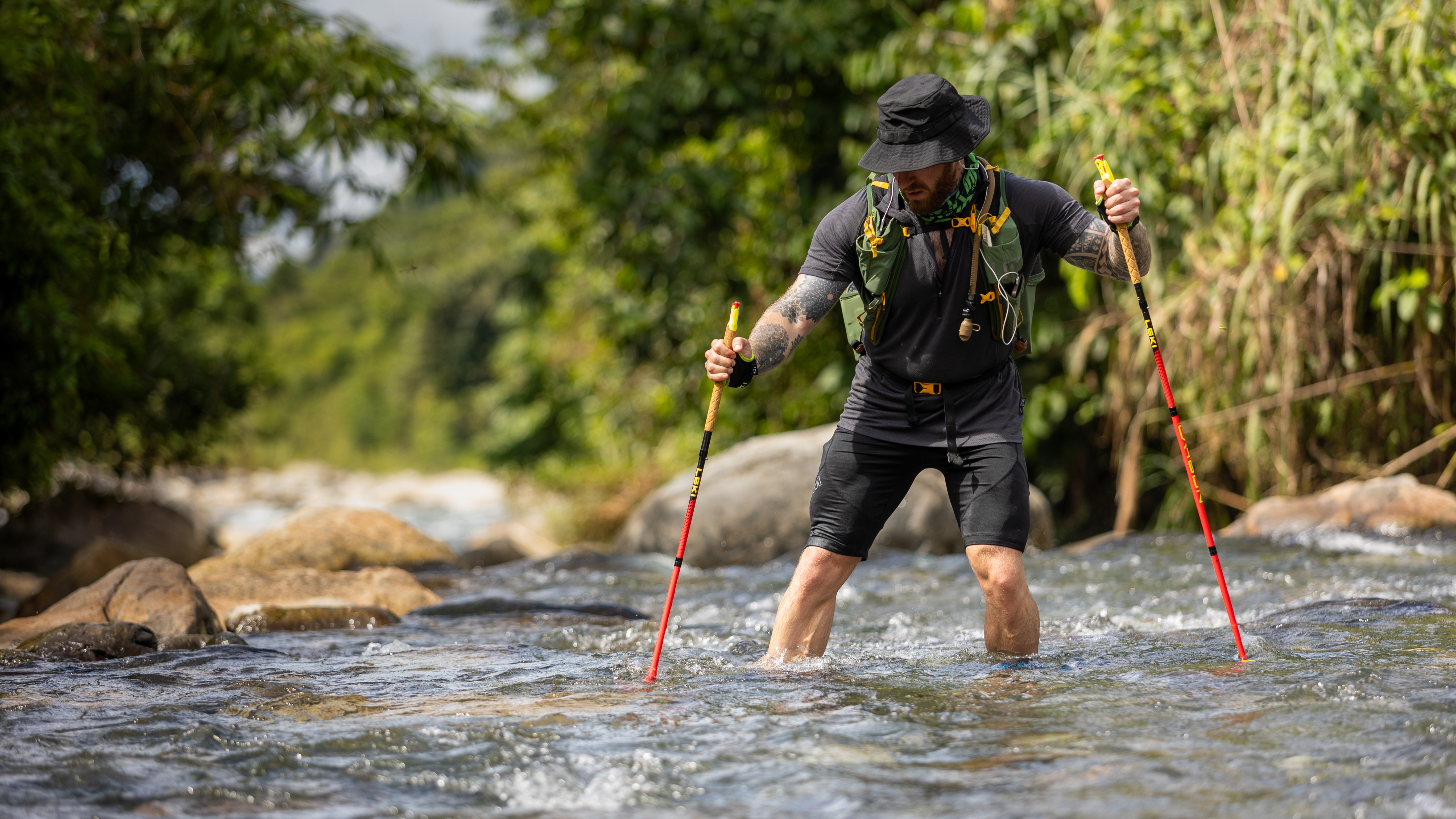
2. Training is more than just hours in your running shoes
Knowing that you may only need to be running four hours a week – and not 50 km – might make this all sound a bit more manageable, but of course, the gains you make all depend on what you do with the other 164 hours a week.
“If you're trying to run 20, 30 miles but you're sleeping poorly, and you're drinking every night with work then probably look at that. Spend more time in addressing that than how to run.”
King says one of the most important factors he impresses upon his clients is what he calls “getting their habits right.” That means drinking enough water, sleeping well, making sure you've got a good support network, getting in the kitchen and eating plenty of fruit and vegetables.
“All those kinds of basic things. If you can get them right, it becomes so much easier because your body composition is going to improve.”
When clients change their lifestyle in addition to increasing their training hours, they often find that their body composition becomes more conducive to running longer distances and subsequently, the mileage gets easier.
3. Discipline begets motivation
No matter whether you’re a person who lives to run or one needs a full self-pep talk to get out the door, King says an important lesson he learned from famed marathon runner Eliud Kipchoge is that you’re better off cultivating discipline than waiting for motivation to strike.
“Start slow and build the habits and build a strong foundation first. If you have the discipline to run, the motivation follows,” says King, who adds that wouldn’t describe himself as a “natural runner,” just a disciplined one.
Cultivating discipline, according to Kipchoge, can start with getting up at the same time every day and making your bed, which will spawn better motivation in the long run whether or not you feel like running in the moment.
“Sometimes it takes that discipline to go, okay, running is just the vessel I use to explore. I'm an adventurer, and I'm an explorer, not a runner,” explains King.
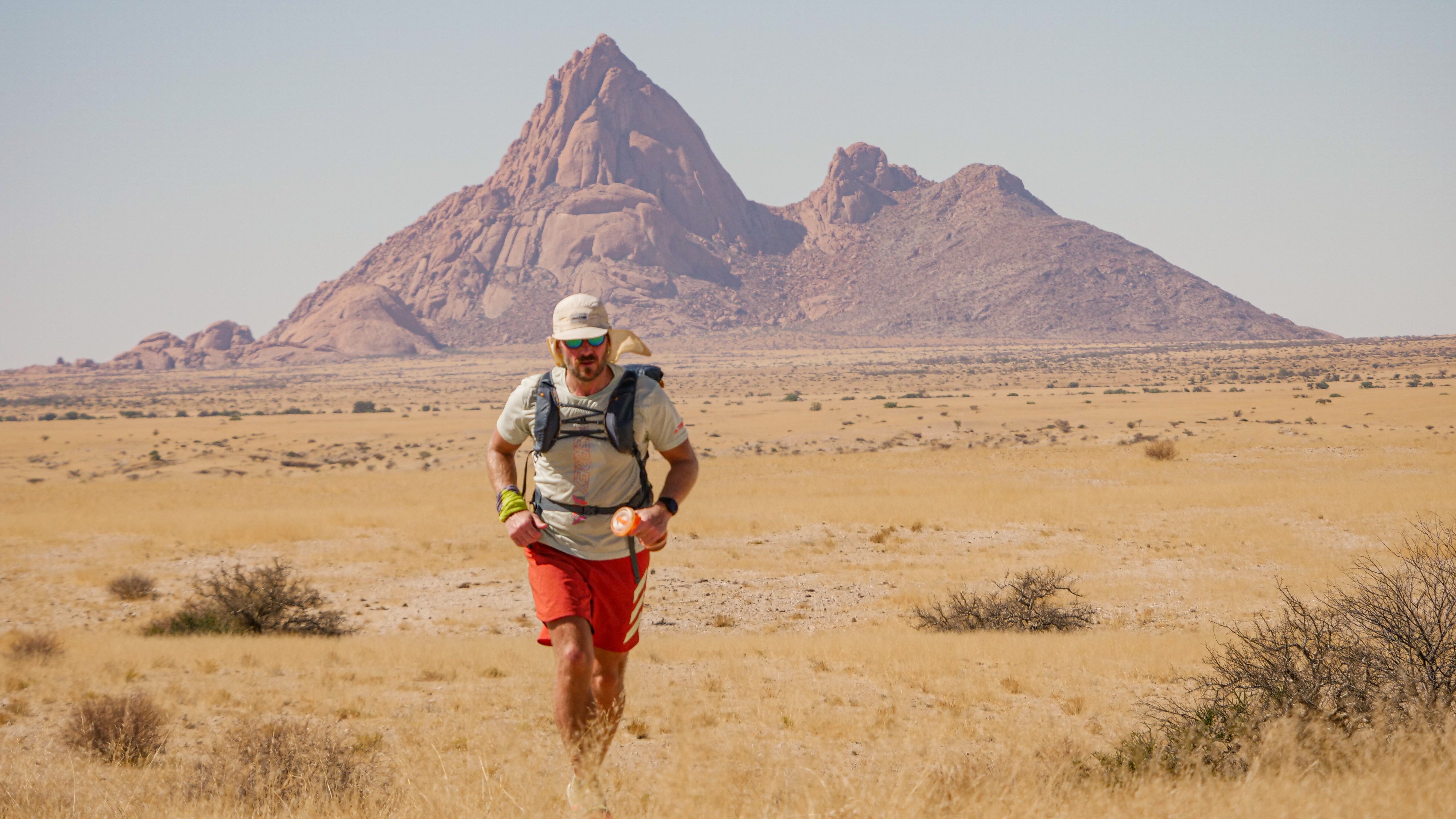
4. Find your tribe
Whether it’s the distance or the discipline you’re grappling with in your ultra journey, one thing is sure: reaching out to others is going to make things a whole lot easier than going it along.
A 2022 study published in Frontiers In Sports and Active Living found that social networks play an important role in maintaining a consistent training habit and in reaching set goals among runners, and other studies have noted increased benefits from social exercise.
“There's a lot of power in community with this kind of thing," says King who suggests consulting people who have run an ultra and asking for their advice and guidance as well as finding social run clubs which are popping up everywhere right now and can help provide safety in numbers as well as support in the form of accountability.
“Finding your tribe is quite important when it comes to getting good at this kind of stuff.”
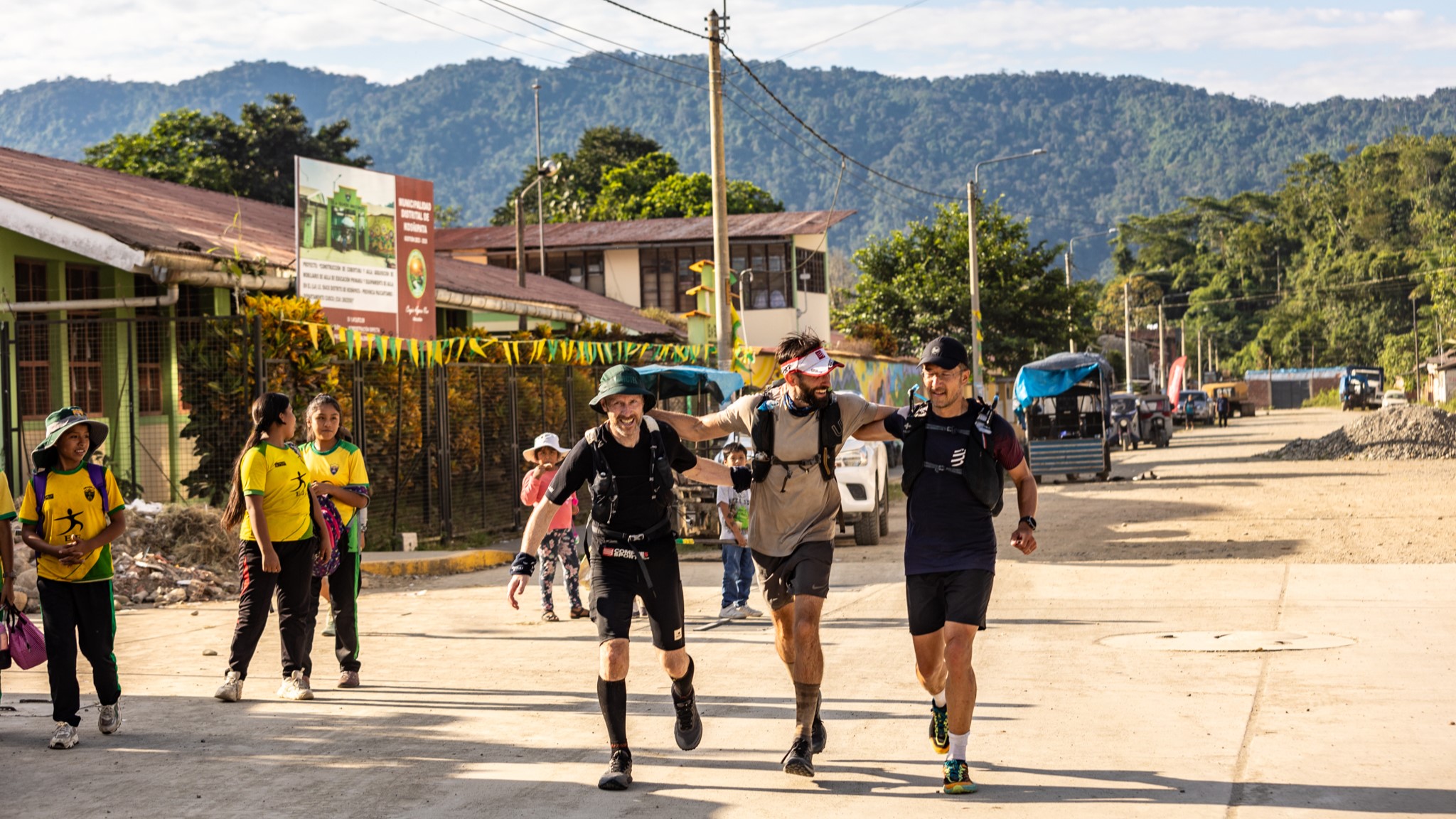
5. Gear up
Running is, comparatively speaking, a low-maintenance sport in terms of kit, but once you start going longer distances, the need for more gear grows. Though I expected him to tell me that everyone needs a GPS watch, King says this is just a useful tool that you might eventually outgrow as you become more experienced. In addition to the obvious things like food and water, there are several pieces of gear King says are essential for going longer distances into wilder spaces.
First, after getting soaked and freezing on a run, King realized he needed a solid three-layer waterproof running jacket such as The North Face Summit Superior FutureLight, which is important in rainy climates as well as high altitude environments where conditions can be harsh and change quickly.
Second, a slip and fall followed by a sore limp home prompted him to invest in an emergency shelter. Consider getting a lightweight bivy sack in case something goes wrong so you can climb inside it and stay protected from the elements. The Lifesystems Heatshield Thermal Bivi Bag is cheap, reusable and at less than four ounces, light enough to pack away in your hydration vest.
Finally, it took a day where he told someone he was going out for a two-hour run only to stay out for five hours with no way of contacting them due to lack of service for him to finally invest in a Garmin InReach. Always bring a means of communication, whether that’s your phone (on airplane mode to save battery) or a satellite communicator for backcountry adventures where phone service isn’t guaranteed.
That might sound like an expensive start to running, but King assures me you can gradually build this kit up as you increase your distances, hopefully without repeating his mistakes.
“Even though I've been in this game for 20 years, you know, you still make mistakes. So you just get it by experience. And when you get that experience, you respect the environment you're in.”
Julia Clarke is a staff writer for Advnture.com and the author of the book Restorative Yoga for Beginners. She loves to explore mountains on foot, bike, skis and belay and then recover on the the yoga mat. Julia graduated with a degree in journalism in 2004 and spent eight years working as a radio presenter in Kansas City, Vermont, Boston and New York City before discovering the joys of the Rocky Mountains. She then detoured west to Colorado and enjoyed 11 years teaching yoga in Vail before returning to her hometown of Glasgow, Scotland in 2020 to focus on family and writing.

